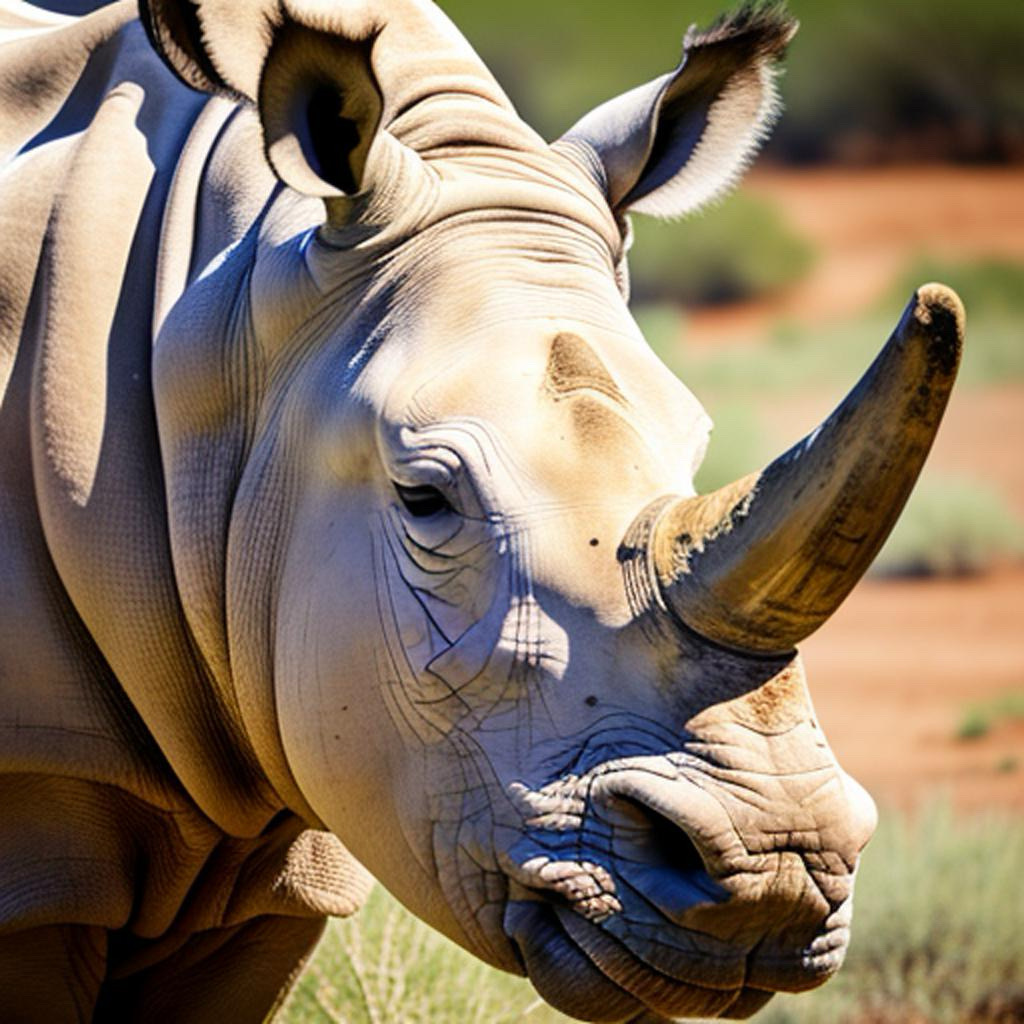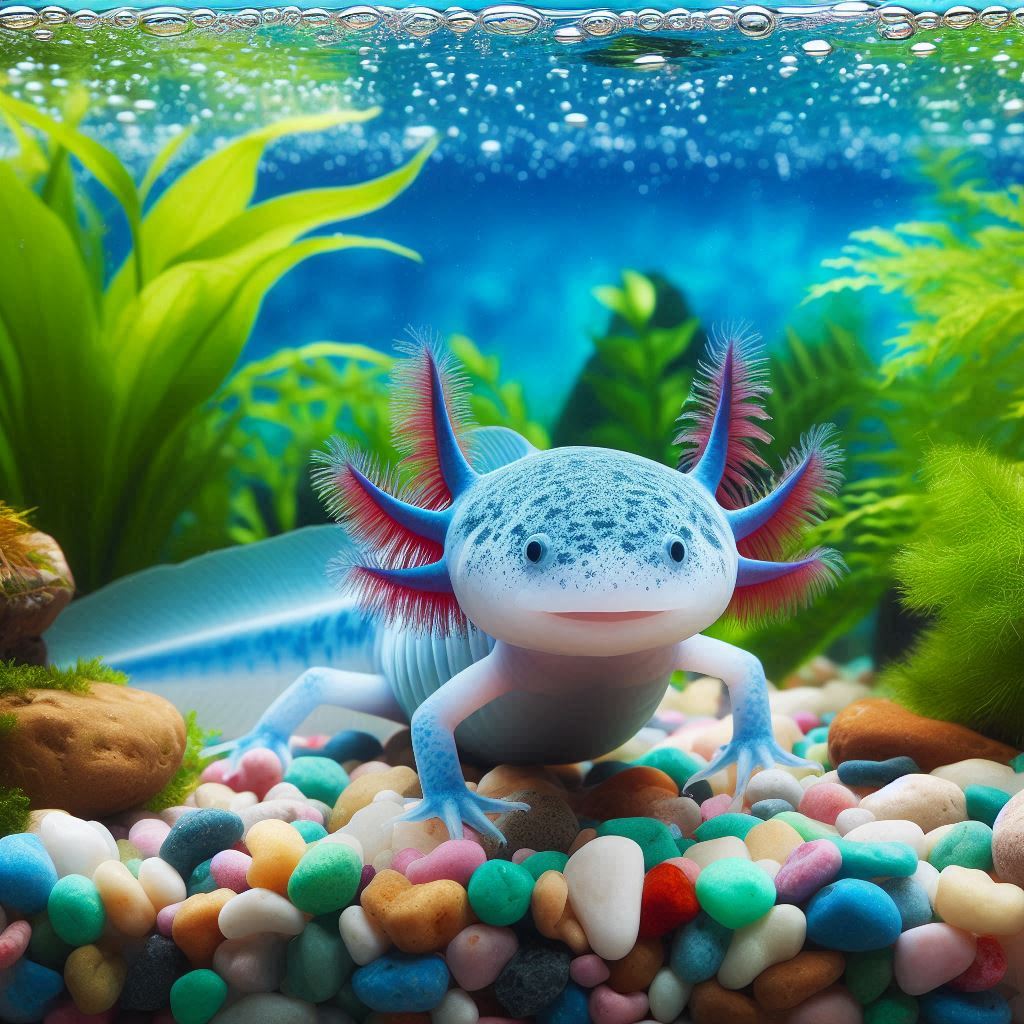More and more animals die out every day, like the Northern White Rhino. The Northern White Rhino recently went extinct in the wild after the last female passed away even with the protection of armed guards. Except they aren’t the only Rhino species; there is also the Southern White Rhino that is not as well known but they are also starting to become more endangered all the time.
The Southern White Rhino is the 3rd largest mammal. They are commonly found in savannahs in Kenya, Namibia, and Zimbabwe although the majority are found in South Africa. They are semi-social and territorial animals. They are ingenious animals as they stay in herds and mark their territory with dung. “They stay together in herds on the grassy plains and mark their territory with strategically placed deposits of dung.” The males defend their territory with their horns and body.
With their size and aggressiveness, they have a horn for offense against other rhinos or predators. In the wild, they have no natural predators besides poachers. “Poaching for their horns is one of the biggest threats to white rhinos.” Cutting the horn almost doesn’t affect them because it can regrow like fingernails. Poachers kill the rhinos for their horns; they use the horns for many different things. In places like China and Vietnam, the horns are used for traditional medicines and artistic carvings. Many wealthy businessmen use rhino horn products to show off their wealth and status.
The population of white rhinos from 2012 to 2017 decreased by 15%, mostly because of poaching. A lot of the poaching and illegal trade in rhino horn is part of organized criminal networks. “Poaching and illegal trade in rhino horn is usually part of sophisticated, organized criminal networks.” Although the number of incidents has been dropping, there has been a crisis of rhino poaching in South Africa; this is where the majority of southern white rhinos are located. Other threats to the southern white rhinos are habitat loss and human development.
The international trade of rhino horn has been banned since 1977 by the Convention on International Trade in Endangered Species (CITES), a global treaty. There is debate on whether or not to legalize international trade again to see if it decreases poaching. South Africa has chosen to allow the buying and selling of horns within the country. Although there is little demand for rhino horns in South Africa, many people are worried that the legal domestic trade will make the illegal international trade easier.
Many southern white rhinos that are owned are used commercially for breeding, photographic tourism, legal hunting, and horn production. “Many southern white rhinos in South Africa are under private ownership on rhino farms, where they’re used commercially for breeding, photographic tourism, legal hunting, and horn production.” Rhino farms increase the population of the rhinos due to breeding. Rhino owners do the best they can to protect their herds and prevent poaching from happening to their rhinos.
There are many ways that people have tried to help rhinos and prevent poaching. Some people have injected the horns with poison to dissuade buyers. Another way is by injecting the horns with dye but that doesn’t seem to work. Some rhinos are dehorned to prevent poaching. Cutting the horn almost doesn’t affect them because it can regrow like fingernails. Many ways are being thought of to decrease the demand and want for rhino horns. There have to be many changes like better law enforcement and demand-reduction campaigns are needed to help end poaching.











